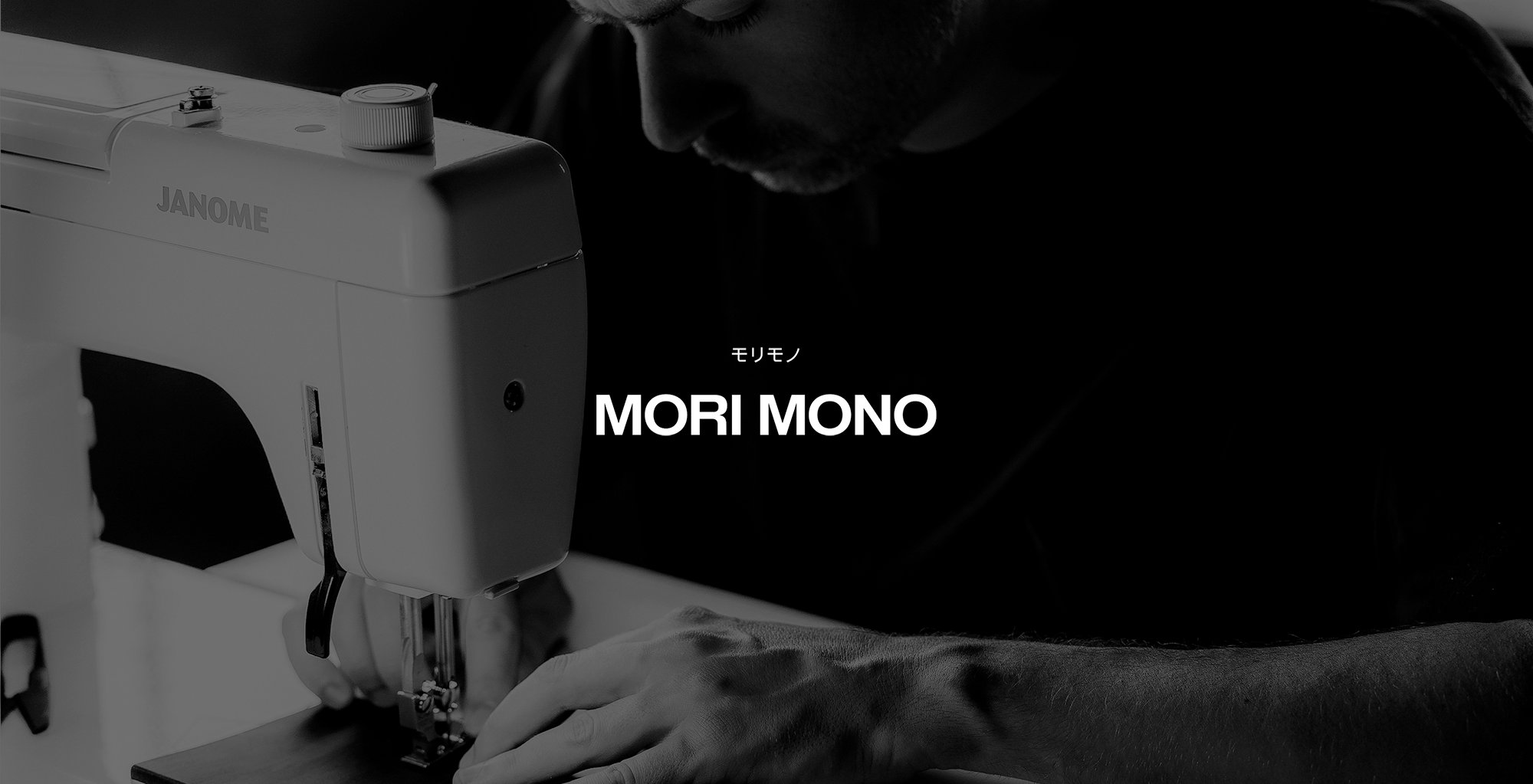Polymer files #16
Sculpture Aerodynamic Protocol
Polymer Workshop® has collaborated with national aerodynamic experts - SWUNG. To conduct a testing protocol that evaluates the aerodynamic impact of various riding positions.

(English subtitles available in player)
We sat out to explore the aerodynamics benefits of the Sculpture handlebars in three different riding positions.
At the Ballerup Super Arena in Copenhagen, Denmark, we conducted a study to evaluate the aerodynamic impact of various riding positions on a Specialized Tarmac SL8. The tests involved two handlebars, Sculpture Handlebar and Roval Rapide handlebars, with differences in stack height, reach, and width. Their specifications are detailed in the table below.

To ensure reliable and reproducible results, the rider maintained strict testing conditions throughout all sessions. This included wearing identical competition-grade clothing, an aerodynamic helmet specifically chosen for minimal drag coefficient, and professional cycling shoes. Each testing setup underwent thorough calibration and verification before data collection began. We conducted comprehensive testing across three distinct riding positions commonly used in competitive cycling:
- Aggressive Hoods Position: Hands positioned firmly on the brake hoods with forearms maintained parallel to the ground, creating an aerodynamic profile while maintaining control
- Drops Position: Hands securely placed in the drops section with elbows bent at an optimal angle for both aerodynamics and handling
- Relaxed Hoods Position: Hands resting on the brake hoods with arms positioned in a more upright stance, typical for endurance riding scenarios



Each configuration was extensively tested through two separate six-lap testing sequences, maintaining a consistent power output throughout the runs. The rider maintained speeds between 40–45 km/h to simulate real-world racing conditions.
Throughout the testing process, we meticulously monitored and recorded environmental conditions including ambient temperature, barometric pressure, and relative humidity. These parameters were then incorporated into our calculations to determine precise aerodynamic drag coefficients (CdA) using sophisticated virtual elevation analysis techniques.

Protocol Results
The testing revealed significant differences in aerodynamic performance across the three riding positions.
The Aggressive Hoods Position demonstrated the lowest drag coefficient, showing a 15% improvement over traditional handlebar positions. The Sculpture Handlebar was 18 watts faster that the slowest setup.
The Drops Position maintained excellent stability while achieving comparable aerodynamic efficiency. Compared to to the aggressive hoods position, we saw an loss of 9 watts for the Sculpture Handlebar.
The Relaxed Hoods Position, while less aerodynamic, showed improved comfort metrics for extended riding sessions, with drag numbers significantly higher, the Roval Handlebar combined with an relaxed hoods position showed improved aerodynamics of 11 watts.

Conclusion
Handlebar fit plays a crucial role in a cyclist's aerodynamic performance. Testing revealed that in aggressive positions, the Polymer Sculpture handlebar delivered the lowest CdA—reducing power requirements by 10–16 watts at 45 km/h compared to the Roval Rapide. While the Roval Rapide showed slightly better efficiency in relaxed, upright positions, these positions were significantly slower overall.
The tests demonstrated remarkable consistency, with variations under 1%, validating the reliability of our findings. These results emphasize how critical proper handlebar fit is for optimizing performance across different cycling scenarios.
Read the full protocol and results provided and delivered by SWUNG

Sculpture Handlebar by Polymer Workshop®
The Sculpture Handlebar is crafted from a true one-piece mold, featuring both narrow and aggressive configurations while maintaining sleek, streamlined aesthetics.
Adding a longer reach of 90mm creates the support needed to maintain an aerodynamic position for longer when riding in the hoods and forearms parallel to the ground.
The longer reach also moves support back towards the forearm, which helps reduce the workload on the upper core. The added flare provides more room for explosive accelerations.






